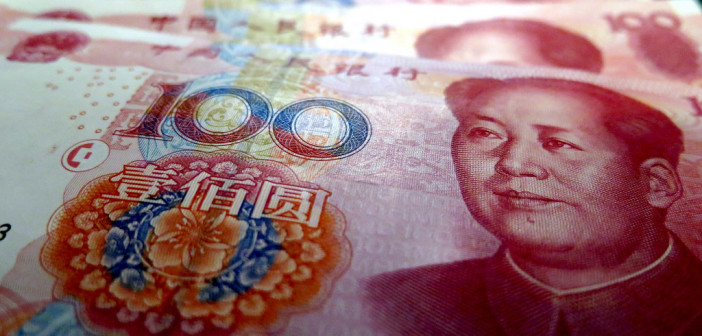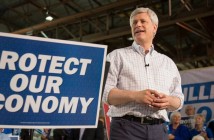China is in deep economic trouble. Last year, the real estate sector, which represents at least 25 percent of its GDP, was spooked by the unthinkable. Housing prices fell by 4.5 percent, which never happened in 20 years. There was an inventory of 60 million apartments that failed to find buyers and there were jitters all around. The depressed sector is not about to reverse its downward course this year.
The roaring stock market had to suspend trading recently to prevent a full meltdown—and pray for a correction that never came. The Bank of China has tried most options in its book to stimulate the struggling economy and the sluggish manufacturing sector, which is currently operating at a 70 percent capacity. To no avail.
Collapsing stock markets intersected with a pile of debt. Debt-to-GDP ratio is now 250 percent, a frightful number by any means. One newsmagazine said the economic bloodletting in China is just starting, adding that “the worse has yet to come.”
Finally this. Its 2015 growth rate was the slowest in 25 years.
Economic stimulus, in the vocabulary we’ve become accustomed to using in the past few years, means using one or more methods to put more money in the economy in an effort to increase consumer and business spending.
The direct method is for the central bank to simply transfer cash to the financial system. China did this by dumping $67 billion into money markets ahead of the Lunar New Year holiday; the ‘quantitative easing’ program that was carried out for an extended period of time in the US was a similar exercise.

Bank of China headquarters in Beijing.
Even though the Tuesday stimulus was the largest the People’s Bank of China has carried out since 2013, it made no impression whatsoever on the markets; Shanghai dropped by about 6.4 percent. For one thing, the move by the PBOC was expected, because the rapid short-term increase in spending before the New Year holiday is a regular seasonal occurrence. If the central bank hadn’t added the funds, the entire financial system would quickly experience a liquidity crisis. And even though it was a large amount, the stimulus move by the PBOC, as far as anyone knows now, was a one-off; the central bank may make other moves in the near future, but there has not been any hint of that, whereas there has been from Europe and Japan.
The $67 billion incentive is not nearly enough to stop or reverse the slowdown of the Chinese economy, or even make much of a dent in market losses racked up since the beginning of the year. Investors know it, which is why it was basically ignored. If the Chinese stimulus had any positive effect at all, it simply was to keep the markets from tanking to the tune of 8 or 9 percent instead of just 6 percent.
China has unnerved investors because of an economic slowdown that Beijing seems incapable of steering properly. The country’s decelerating growth has shrunk global commodity prices and the emerging market countries that have supplied them to China. Last week, the price of oil reached a 12-year low of $28.15 a barrel before rebounding slightly this week.
The tumbling markets so far haven’t shaken consumer confidence. One measurement of confidence climbed for a second month, the Conference Board said this week. Much of the optimism stems from solid job growth: U.S. employers added an average of 284,000 jobs a month in the final quarter of last year. And the unemployment rate remains a low 5 per cent. Home and auto sales have also been solid.
But American manufacturing has remained weak. Export sales have slowed in part because a higher-valued dollar has made goods more expensive overseas. The strong dollar has also made imports cheaper, which, along with falling energy prices, has kept inflation below the Fed’s target level for more than three years.
Federal Reserve sounded a note of concern about how global pressures could affect the U.S. economy, while keeping a key interest rate unchanged.
Six weeks after it raised rates from record lows, the Fed took stock of a more perilous international picture that could alter its plans for further raising rates.
The changes in a statement it issued after its latest policy meeting signaled that the Fed could be prepared to slow future rate hikes if financial market losses and global weakness do not abate.
The statement said the Fed was studying “global economic and financial developments and is assessing their implications for the labor market and inflation.”




